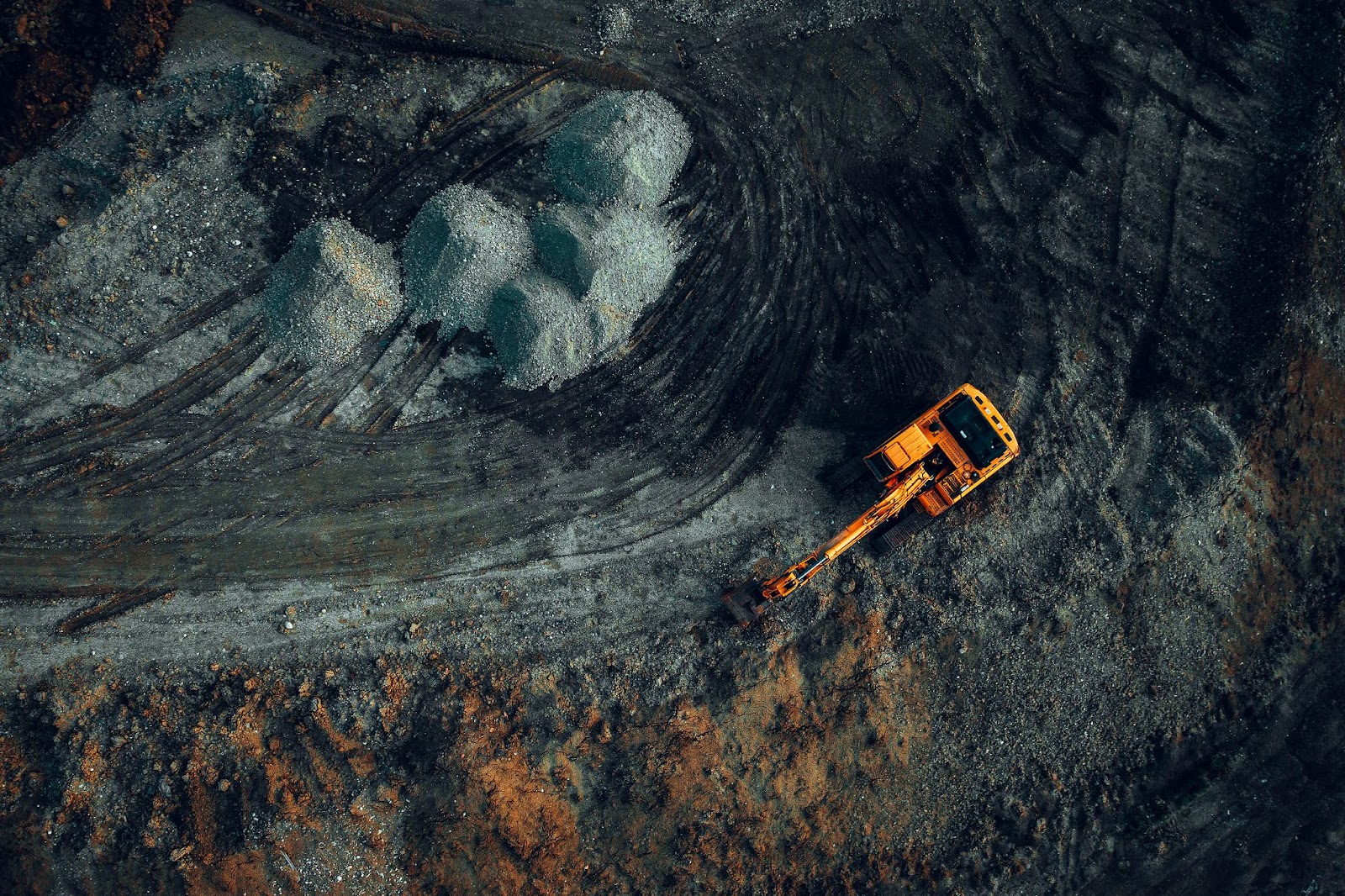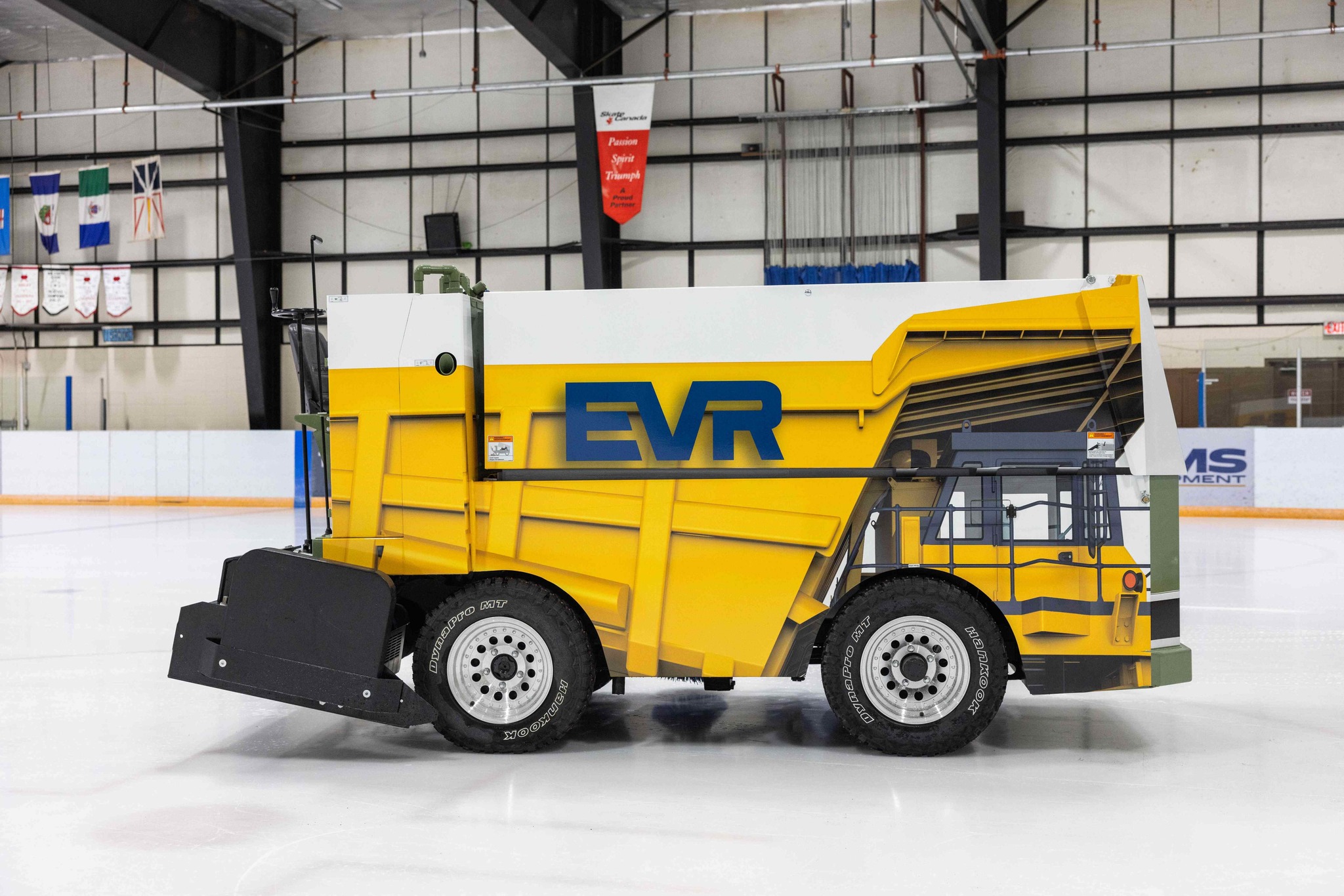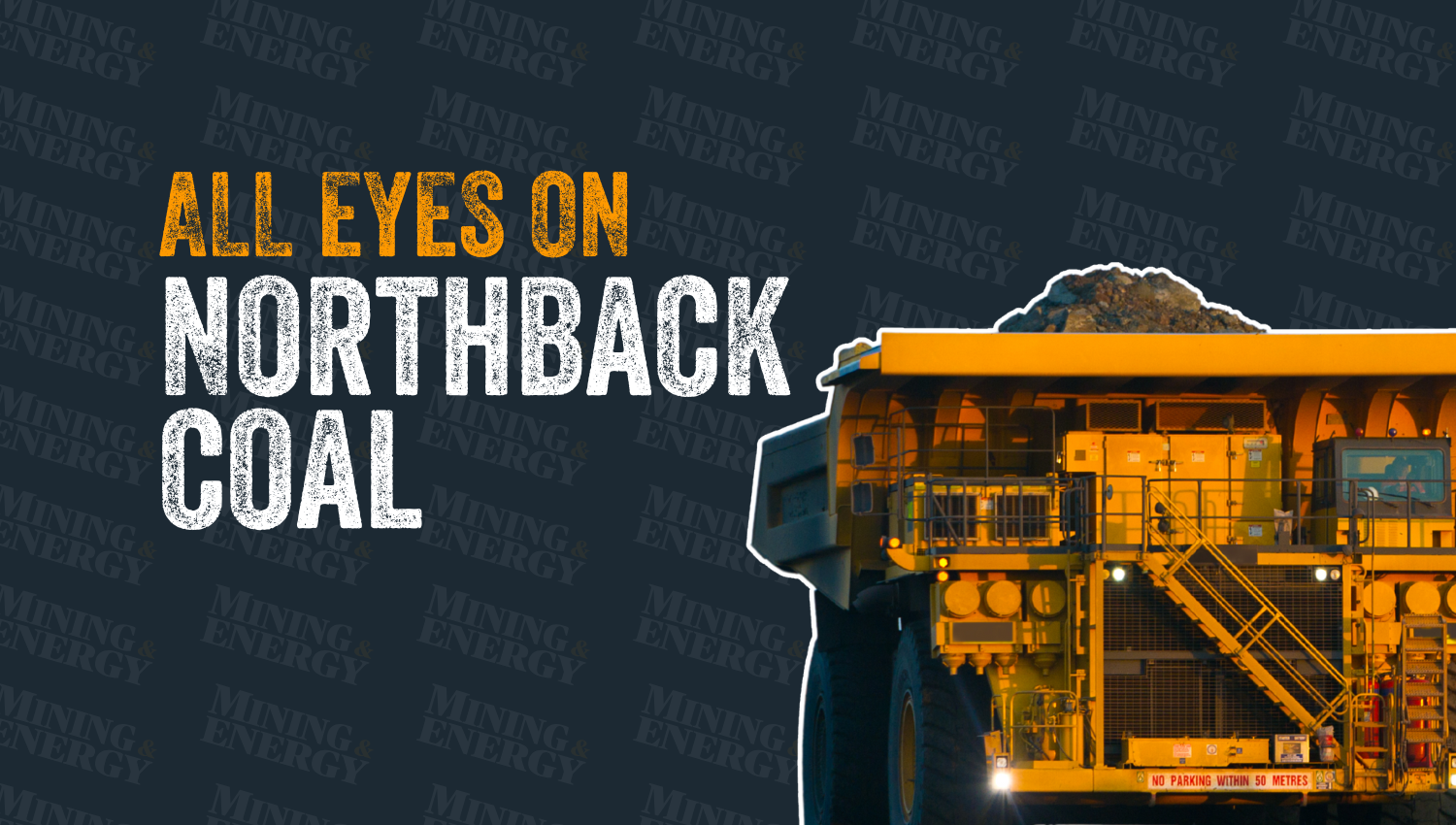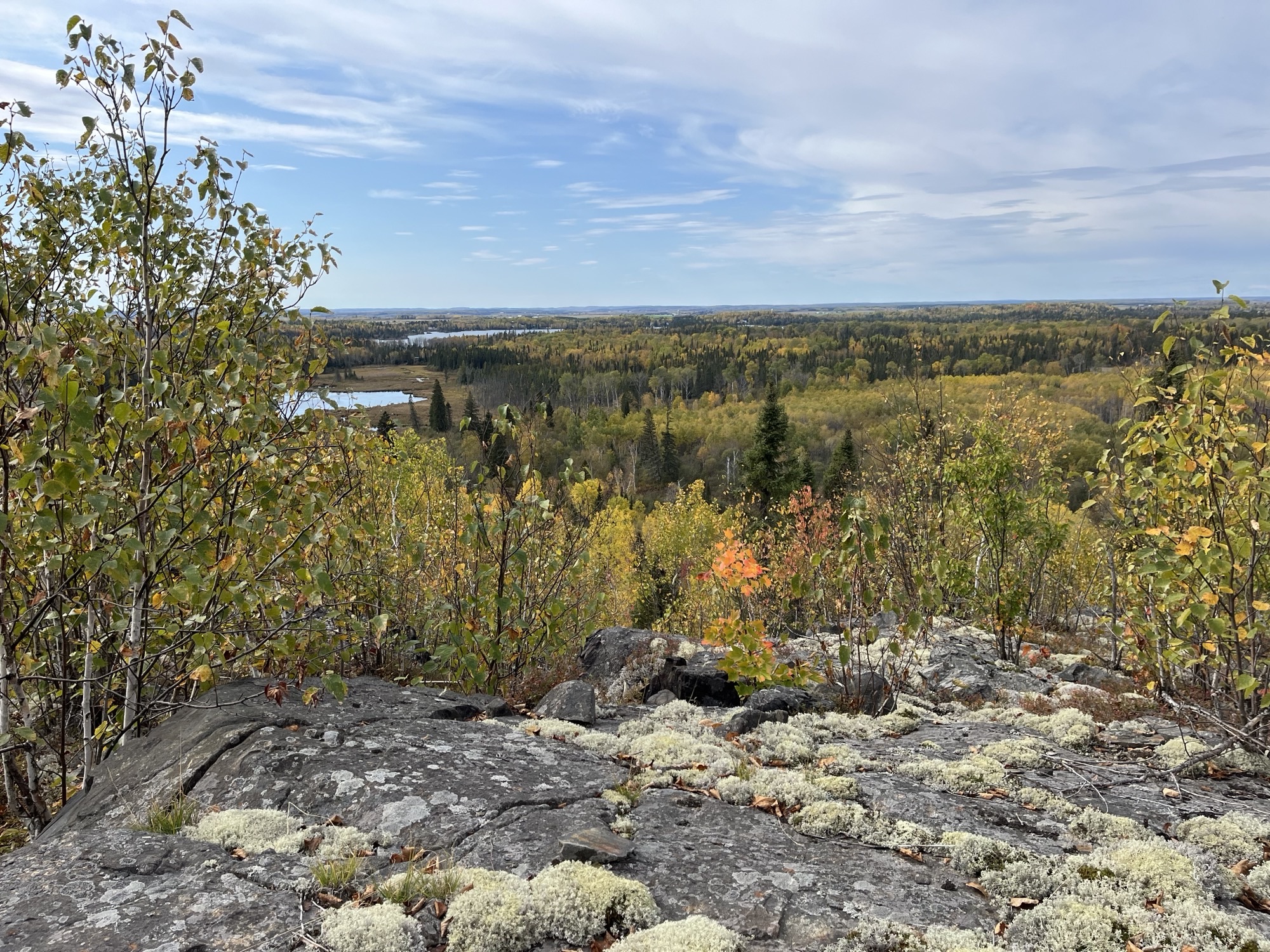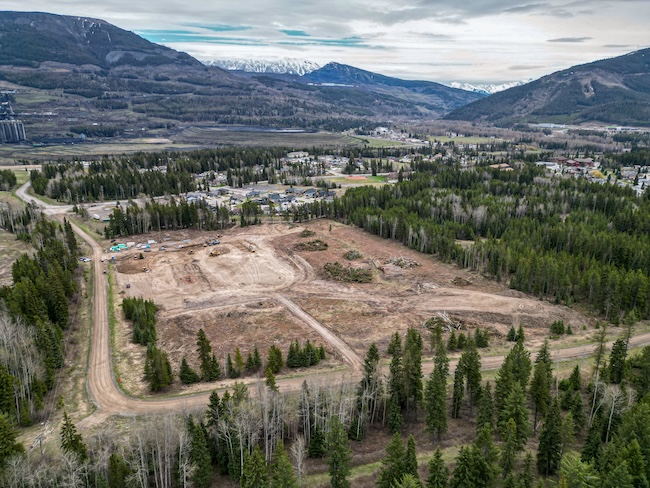How B.C. can win a gold medal in the economic Olympics
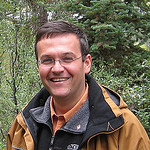
1 of 4Michel Lamarre, project manager for Rio Tinto Alcan's Kitimat Modernization Project. — Photo courtesy Rio Tinto Alcan2 of 4Byng Giraud, vice-pre
1 of 4Michel Lamarre, project manager for Rio Tinto Alcan's Kitimat Modernization Project. — Photo courtesy Rio Tinto Alcan
A more efficient regulatory system and an improved method of dealing with First Nations issues highlighted mining panel presentations in Prince George, British Columbia, on January 10, 2013.
At least three of four mining executives participating in the 10th annual BC Natural Resource Forum panel said a streamlined permitting and approval process would help grow the mining industry in British Columbia, while one of the three—Kevin Loughrey, chairman and chief executive officer of Denver-based Thompson Creek Metals Company Inc.—said a new way of dealing with First Nations'/government territorial disputes would prove beneficial. The theme of the forum was The Economic Olympics: Can B.C. Win the Gold Medal?
Byng Giraud, vice-president, corporate affairs for Vancouver-based Imperial Metals Corporation was one of the three executives who said British Columbia needed to continue improving its permitting and approvals process for new mining projects. Imperial Metals currently operates the Mount Polley copper-gold mine northeast of Williams Lake, British Columbia, and owns 50 per cent of the Huckleberry copper-molybdenum mine 120 kilometres southwest of Houston, British Columbia.
"Processes have to be tighter and there have to be outcomes," Giraud said. "There needs to be a public realization that the costs imposed on industry to remove extreme risks—reducing a risk from one in 1,000 to one in 10,000—comes with a price."
Doug Smith, general manager, Xstrata Coal Canada, said his company, too, believes improving the permitting and approvals process is one way British Columbia can facilitate mining investment. Xstrata Coal invested $700 million 18 months ago in northeastern B.C. and hopes to open its Suska and Sukunka projects as operating coal mines in the next three to four years.
Smith also said besides maintaining a competitive tax environment, governments in Canada needed to continue to be proactive on partnerships with industry and First Nations, needed to continue practising transparent interaction with mining proponents, and needed to encourage (with industry) better skills development and training.
Giraud said British Columbia also had to better understand its mineral resources and encouraged long-term and stable funding for Geoscience BC. And he urged continued, coordinated and sustained support for human resources in the province and advocated the formation of a public/private sector volunteer mining education and training board to better regulate British Columbia's future needs.
But Giraud also spoke out about the need for British Columbia to provide more land for mining exploration. He said 20 operating mines in the province currently use only 0.4 per cent of the land base.
"When one adds parks, special management zones, urban areas and roads, and all those places—including non-staking reserves—together, actually only one half the province is available to us," Giraud said. "Fourteen per cent is in parks."
Loughrey, too, spoke about the need to improve British Columbia's permitting and approvals process in his presentation, but he also spoke about how Canada's and British Columbia's legal struggles with First Nations are now negatively affecting international investment. Thompson Creek is building the Mount Milligan copper-gold mine, 155 kilometres northwest of Prince George, and also owns 75 per cent of the Endako molybdenum mine, 160 kilometres west of Prince George.
Loughrey stressed that he did not mean to criticize First Nations peoples nor governments, and that his own company has largely good relationships with most of the First Nations it deals with in British Columbia. But he said that in his mind, the process now in place to deal with First Nations issues is broken in Canada and British Columbia.
"There's a lack of certainty about it, there's a lack of transparency," he said. "So if you're an investor saying, 'What impact is First Nations issues going to have on the development of this property?' you really can't answer that question. You don't know. And investors hate uncertainty.
"But there needs to be, in my mind, some kind of methodology in place, that you can work through the system and get to a result that is more predictable than what you have now."
The mining panel's fourth executive, Michel Lamarre, project manager, Rio Tinto Alcan, is in charge of his company's US$3.3-billion Kitimat Modernization Project in Kitimat, British Columbia. The project involves the modernization of a 60-year-old smelter and has been under construction for one year.
Lamarre offered tips on how a company, with government support, can win a gold medal while executing and delivering a project. Key success factors included commitments to health and safety, local participation, training and mentoring, using required expertise to construct a mega-construction project, providing excellent amenities and practising effective communication, among others.
